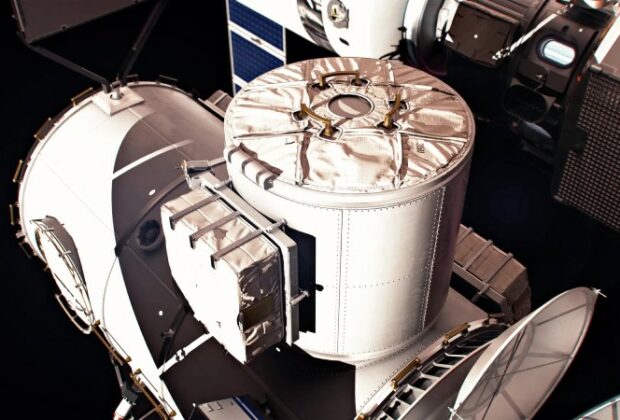Plans for the space centre to offer an airlock for Gateway, humanity’s first space station that will orbit the Moon, were revealed on Sunday by NASA and the Mohammed bin Rashid Space Centre (MBRSC) of the United Arab Emirates (UAE). For the benefit of all, NASA’s plans for long-term lunar exploration under Artemis will be aided by the lunar space station.
“I have prioritised enhancing international cooperation in space as chair of the National Space Council. This significant endeavour is advanced by the partnership and announcement made today between the United States and the United Arab Emirates. Vice President Kamala Harris stated, “The United States and the United Arab Emirates will advance our shared vision for space and ensure it presents extraordinary opportunities for everyone here on Earth by combining our resources, scientific capacity, and technical skill.”
A UAE astronaut will go to the lunar space station on a future Artemis mission, and MBRSC will supply Gateway’s Crew and Science Airlock module as part of a new implementation agreement that extends their human spaceflight relationship with NASA via Gateway.
NASA Administrator Bill Nelson stated, “The United States and the United Arab Emirates are marking a historic moment in our nations’ collaboration in space, and the future of human space exploration.” “With Artemis, we have entered a new era of discovery, one that is reinforced by worldwide cooperation in space exploration. By giving the airlock to Gateway, the UAE is enabling astronauts to carry out innovative research in deep space and get ready to land humans on Mars in the future.
For the duration of the lunar space station, MBRSC will not only run the airlock but also offer engineering support. Transfers of personnel and scientific research from the pressurised crew modules of Gateway to the vacuum of space will be possible thanks to the airlock. Both Gateway maintenance and more general science in the deep space environment will be aided by these transfers.
In addition to offering a place for astronauts to live and work that can serve as a staging area for trips to the moon, Gateway will enable continuous exploration and study in deep space and provide them the chance to perform spacewalks while in orbit.
The largest and most varied international alliance for deep space human exploration is NASA’s Artemis programme. NASA is working with the Canadian Space Agency (CSA), the European Space Agency (ESA), the Japan Aerospace Exploration Agency (JAXA), and now the Mars Biosphere Reserve Science Committee (MBRSC) to bring humans back to the moon for scientific research and to make plans for the first human trips to Mars.
The human spaceflight relationship between NASA and UAE is strengthened by this most recent effort on Gateway. During a brief stay at the International Space Station in 2019, Hazzaa Almansoori made history as the first Emirati to fly to space. He worked with NASA to conduct experiments and do outreach for education while in space. Sultan Al Neyadi, a second Emirati astronaut, was part of NASA’s SpaceX Crew-6 mission that delivered him to the space station in 2023. There, he took part in scientific research that promotes human understanding and enhances life on Earth at the floating laboratory. Two more UAE hopefuls are presently undergoing training to become astronauts at NASA’s Johnson Space Centre in Houston. In order to promote shared exploration goals, NASA has also collaborated with the UAE on analogue studies, human research, and Mars research.
The Artemis Accords, a useful collection of guidelines to direct space exploration collaboration among nations taking part in NASA’s 21st century lunar exploration programme, were signed by the United States and the United Arab Emirates in 2020.
NASA plans to put a woman and a person of colour on the Moon through Artemis, opening the door for a permanent lunar presence and acting as a springboard for the first astronauts to be sent to Mars.








